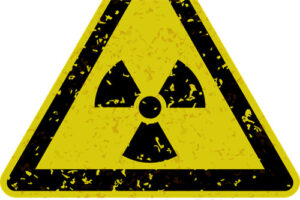10 Surprising Global Production Leaders You Should Know
We live in a world overflowing with choices. Everywhere we look, there’s an endless array of products, from the latest gadgets to everyday essentials. Even though prices can sometimes feel sky-high, and we can’t always afford everything we desire, the reality is that there’s no shortage of stuff out there. But have you ever stopped to wonder where all these things actually come from? Most of us don’t give it much thought—we just assume they magically appear on store shelves or in our online carts. The truth, though, is far more fascinating and often surprising. The global leaders in producing the items we use every day might not be who you’d expect.
For instance, did you know that some of the most common items in your home—like your smartphone, your clothes, or even the coffee you drink—are often made in places you’d never guess? The stories behind these products are filled with unexpected twists, from the raw materials sourced in remote corners of the world to the complex supply chains that bring them to your doorstep. It’s a web of connections that’s both mind-boggling and oddly satisfying to unravel.
The next time you pick up something as simple as a pen or a pair of shoes, take a moment to think about its journey. You might just find that the most ordinary objects have the most extraordinary backstories. And who knows? You might even discover something truly unbelievable along the way.
10.Pakistan: The Unexpected Global Hub for Bagpipe Production

When you think of bagpipes, your mind probably drifts to the misty highlands of Scotland, where the instrument is deeply rooted in cultural traditions. But here’s a twist: one of the world’s largest producers of bagpipes isn’t in Europe at all—it’s in Pakistan. Yes, you read that right. Pakistan, particularly the city of Sialkot, has become a surprising epicenter for bagpipe manufacturing, churning out around 10,000 sets annually.
Now, bagpipes aren’t exactly the most mainstream instrument. They’re polarizing—some people adore their haunting, resonant sound, while others can’t quite get on board. You won’t find them dominating the charts in genres like hip-hop, rock, or K-pop. But in certain corners of the world, they hold a special place. And Pakistan, of all places, has embraced this niche craft in a way that might leave you scratching your head—until you dig into the history.
The story goes back to the colonial era. When British soldiers were stationed in India (before Pakistan became an independent nation in the 1940s), they brought their bagpipes with them. Over time, these instruments needed repairs, and eventually, new ones had to be made. Locals in Sialkot, already skilled in crafting musical instruments, picked up the trade. What started as a colonial legacy evolved into a thriving industry—and an unexpected cultural fusion.
Today, Sialkot’s bagpipes are exported worldwide, but many remain in Pakistan, where they’ve become part of local traditions. It’s not uncommon to hear bagpipes at weddings or festivals, adding a unique twist to the country’s vibrant musical landscape. Outside of Scotland, Pakistan stands as the largest producer of bagpipes globally—a fact that’s as fascinating as it is unexpected.
So, the next time you hear the distant wail of bagpipes, remember: there’s a good chance they were crafted halfway across the world, in a city you might never have associated with this iconic instrument. It’s a quirky, little-known connection that reminds us how culture and history can intertwine in the most surprising ways.
9.Ball Makes Almost All the Aluminum Beverage Cans in the World

Did you know that the world goes through a staggering 180 billion aluminum cans every single year? That’s enough to make your head spin! Just think about Coca-Cola alone—they claim a whopping 17% of the entire aluminum market just for their cans. Add Pepsi and hundreds of other soft drink companies into the mix, and you’re looking at a mountain of metal that’s hard to even imagine. But here’s the kicker: none of these companies actually make their own cans. So, who does?
Enter Ball Corporation, the unsung hero (or maybe the behind-the-scenes giant) of the aluminum can world. This company is responsible for producing roughly 50 billion cans annually—or at least that’s what their website says. But here’s where it gets even crazier: in 2021, they shipped a mind-blowing 112.5 billion cans. To put that into perspective, that’s about 14 cans for every person on the planet. Yes, you read that right—14 cans per human being!
Ball doesn’t just stick to soda cans, though. They’re the go-to for beer, water, energy drinks, and pretty much anything else you can think of that comes in a can. And they’re not picky about their clients, either. Whether you’re a big-name brand or a small startup, Ball is ready to take your order. They even let companies customize their cans—different shapes, sizes, pull tabs, you name it. That’s why you can look at a shelf full of wildly different cans and have no idea they all came from the same place.
But here’s the real jaw-dropper: Ball is so dominant in the industry that they often sell out their production capacity years in advance. In 2021, their entire 2022 production run was already booked. That’s right—every single can they planned to make was spoken for before they even started. Talk about being in demand!
8.Saskatchewan Produces The Most Lentils
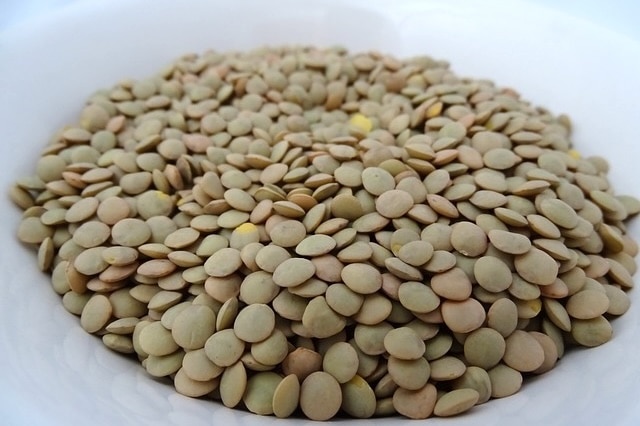
Lentils, which are consumed most frequently in India, are arguably one of the least thought-about foods in the world. When was the last time you sat down and really thought about your lentils? If you live in Saskatchewan, then you might do it more often because Saskatchewan produces a third of the lentils in the entire world.
Canadian farmers took advantage of the fact that lentils don’t need to have nitrogen-rich soil to grow because they actually pull it out of the air, which makes it a cheap crop to grow overall. The industry in Canada only started in the 1970s but now they are the world’s leading grower and exporter of lentils.
7.Liechtenstein is the World’s Biggest Maker of False Teeth

So do you have all your teeth? If not, do you know where your fake teeth came from? Statistically speaking, if you have false teeth, they probably came from Liechtenstein. You may not be able to find it on a map, but hopefully, your dentist can. The country is the world’s largest producer of dentures.
Despite not even having an airport in the entire country, or a train station, The country produces 60 million false teeth per year. Inexplicably those 60 million come in 10,000 shapes and sizes. That’s a heck of a lot of teeth. They make 20% of all the false teeth sold in the entire world.
6.Lego is Technically the Largest Rubber Tire Manufacturer in the World

Ninety-four million automobiles were manufactured in 2023 and all of them need rubber tires. That means someone out there is producing a hell of a lot of tires. Most of us know the big names in tires like Michelin, Goodyear, Bridgestone, and so on. You would also think one of those is the biggest manufacturer of tires in the world but you’d be wrong.
Lego makes far and away the most rubber tires on earth. In 2012 they produced over 380 million tires, which puts them more than 100 million ahead of second place Michelin. This is thanks to the fact that Lego sets almost all come with some kind of vehicle that has to have tires put on it.
Now, this entry could end here and still be technically correct, but there is a small caveat that’s worth pointing out. Lego may produce more tires than Michelin, but Michelin clearly uses a lot more rubber. You have to keep in mind that a Lego tire is rather small. So Michelin is arguably using vastly more rubber in their production to make full-size tires for actual cars. But, just by the numbers, Lego has them beat.
5.A Quarter Of All the Milk in the World Comes from India
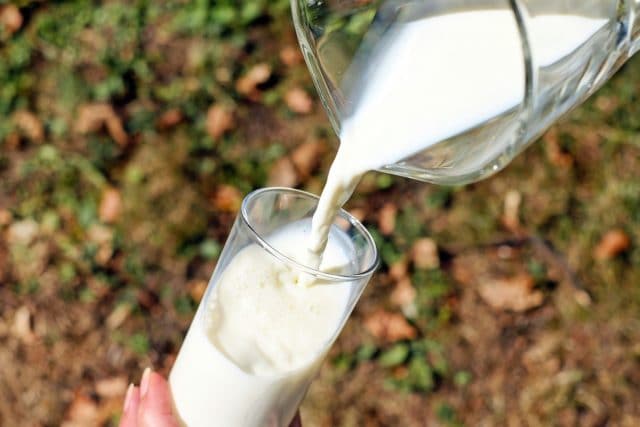
Have you ever noticed those milk ads proudly claiming their product is “locally sourced”? You probably didn’t think twice about it—after all, why wouldn’t your milk be local? It’s easy to assume those ads are just celebrating the local dairy industry, and hey, supporting local farmers is always a good thing, right? But here’s where it gets interesting: depending on where you live, your milk might not be as “local” as you think.
Believe it or not, almost a quarter of the world’s milk supply comes from one country: India. Yep, India. They actually overtook the United States as the largest dairy producer way back in 1997. And they’re not just keeping all that milk for themselves—India exports a significant amount to countries like Saudi Arabia, Bhutan, Bangladesh, the UAE, and even the United States. So, that carton of milk in your fridge? There’s a chance it’s traveled farther than you have this year.
But wait, it gets even more fascinating. In 2017 alone, India produced a staggering 160 million tons of milk. And here’s the kicker: more than half of that milk didn’t even come from cows. Nope, it came from water buffalo. That’s right—buffalo milk is a huge part of the global dairy industry, and most of us had no idea.
4.Coca-Cola is the Biggest Juice Manufacturer in the World
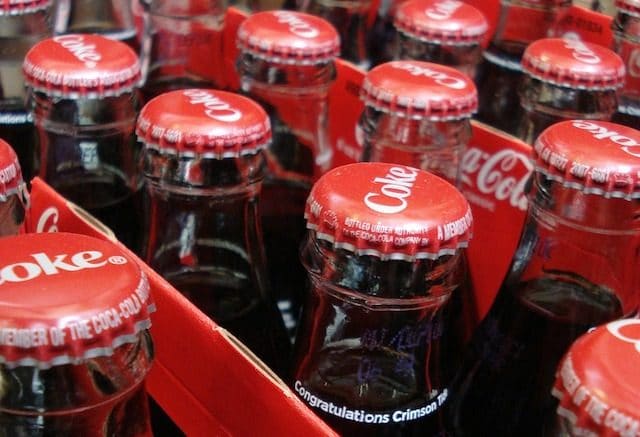
The world juice market is enormous. It was worth over $131 billion in 2021. Coca-Cola, which has owned the Minute Maid brand for years, is the largest producer of juice in the world. Minute Maid is just one of the juice brands that they own, with Simply Juice, Del Valle Juice, Innocent, and others under their umbrella, not to mention sodas like Fanta that also have juice content.
Minute Maid is most closely associated with orange juice, but Coca-Cola produces a staggering amount of juice in addition to just orange juice. In fact, the company has over 1,000 juice products that they produce. A full 38% of everything Coca-Cola produces is juice or a juice drink.
3.Peru Produces the Most Counterfeit US Currency in the World
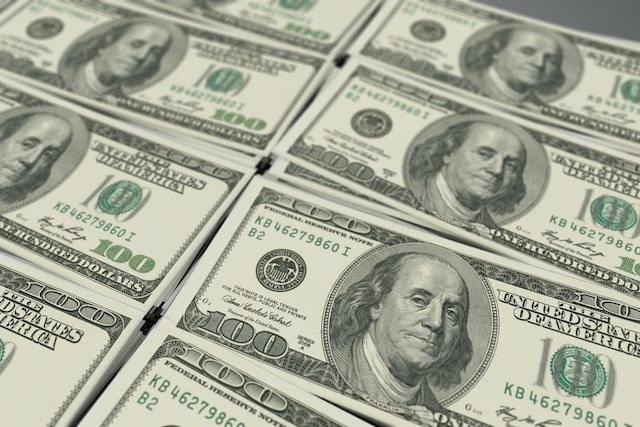
On the one hand, it seems like a good idea to be a world leader in something. On the other hand, you always want to be careful about what you’re known for because not everything is glamorous or even legal. Nevertheless, someone has to be the biggest producer of counterfeit US dollars in the world and that honor goes to the country of Peru.
It’s not just that Peru makes a lot of counterfeit US dollars, they do it really well. In 2016 the US government recovered $30 million worth of fake currency from the country. It’s estimated 60% of all fake US currency comes from Peru, manufactured in rural facilities, and smuggled to American ports inside pottery, sneakers, toys, and even Bibles.
One counterfeiter interviewed by the Guardian said his outfit made up to $5 million in fake bills weekly. It takes between 10 and 12 people to make the money the right way, covering everything from the initial design to obtaining supplies and running the printer. Someone even has to use a needle to sew the security thread into each bill by hand to make it look as authentic as possible.
2.China Produces Far More Watermelon Than Anywhere on Earth

Who doesn’t love a juicy, sweet watermelon? It’s one of the best treats of the summer. They’re popular all over the world, to the point that you may not be aware that the largest producer of watermelon is actually China.
It’s not just that China produces a lot of watermelon, maybe that’s not even surprising on its own. But how much watermelon China grows compared to everyone else is almost unbelievable. The second largest producer of watermelon in the world is India. India grows about 3.5 million watermelons in a year. China grows 60.1 million watermelons a year. The Chinese also eat 108 pounds of melon per capita.
The average watermelon weighs 20 to 25 pounds which means China is growing 1.2 billion pounds. America grows about 38 million pounds or about 1.9 million melons.
1.The US is the Top Oil Producing Nation in the World
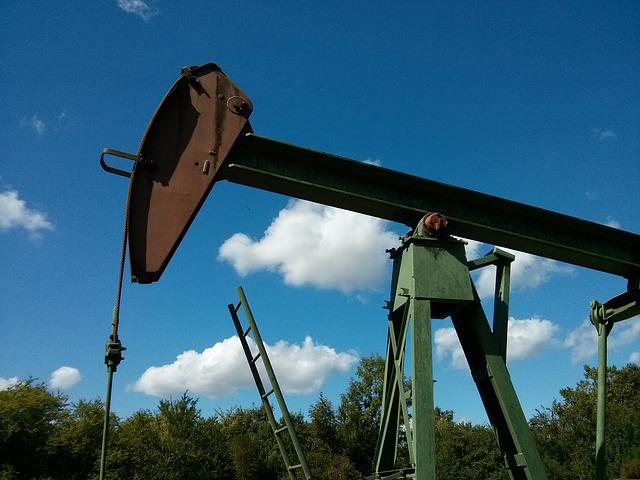
When it comes to energy, renewable sources like wind and solar power have been stealing the spotlight for years. Electric cars are all the rage, and it’s easy to get caught up in the excitement. But let’s not forget the elephant in the room: oil. Despite all the buzz about clean energy, the reality is that much of the world still runs on good old-fashioned oil. And here’s the kicker—it’s not going to last forever. That’s why the push for renewables is so important; it’s essentially our backup plan for when the oil wells start running dry.
Now, if I asked you to name the world’s biggest oil producer, you’d probably think of the Middle East, right? It’s a fair guess. That region has been at the center of oil production—and the conflicts and wealth that come with it—for decades. But here’s a surprising twist: the United States actually takes the crown as the largest oil-producing nation in the world. Yep, you read that right.
Back in 2018, the U.S. surpassed Saudi Arabia and Russia to claim the top spot. That year, the U.S. accounted for 13.21% of global oil production, edging out Saudi Arabia’s 12.77% and Russia’s 12.96%. Fast forward to 2022, and the U.S. was producing 14.73% of the world’s oil. But wait, it gets even more impressive. By 2023, the U.S. was responsible for a whopping 22% of global oil production, pumping out 21.91 million barrels per day. To put that into perspective, Saudi Arabia, often seen as the poster child for oil, produced just 11.13 million barrels daily in the same year.
Here’s the catch, though: the U.S. is also the world’s biggest oil consumer, using up about 20% of the global supply. So, while they’re producing a massive amount, they’re barely keeping up with their own demand. It’s like baking a huge cake and eating almost all of it yourself—you’re not left with much to share.
This little-known fact about the U.S. and oil production is both fascinating and a bit mind-blowing. It’s a reminder that the energy landscape is full of surprises, and sometimes the biggest players aren’t who you’d expect. So, the next time someone brings up renewable energy or electric cars, you can casually drop this nugget of information and watch their reaction. After all, who doesn’t love a good “did you know?” moment?





